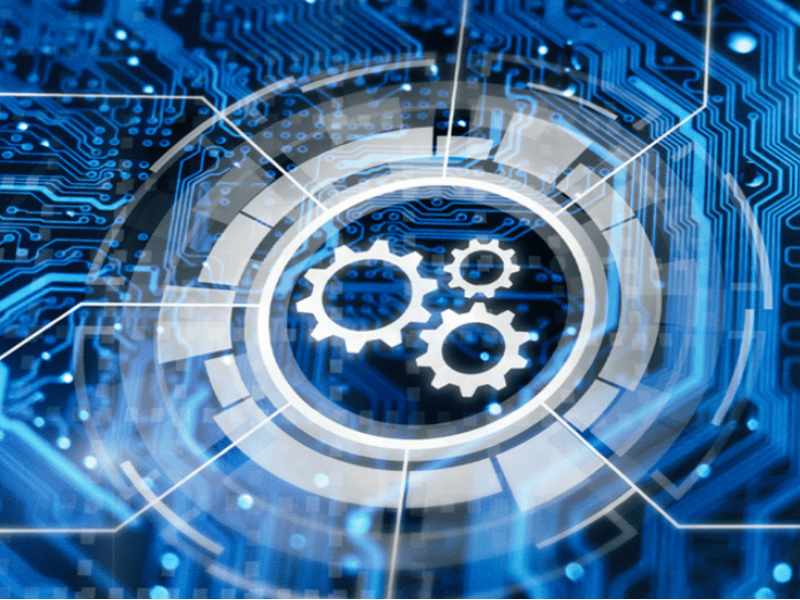
Exploring the Latest Trends and Innovations in CCTV Technology
Closed-circuit television (CCTV) technology is at the forefront of the security and surveillance industry’s constant evolution, constantly improving to suit the needs of a world that is becoming more complex. The newest developments in CCTV technology are changing how we think about and use video surveillance systems, from improving public safety to safeguarding private areas.
High-Resolution Imaging and 4K Technology
One of the significant advancements in CCTV technology lies in the realm of imaging. High-resolution cameras and 4K technology have become industry standards, providing unprecedented clarity and detail in surveillance footage. These advancements allow for better identification of individuals, improved monitoring of large areas, and enhanced overall situational awareness.
4K CCTV cameras offer four times the resolution of traditional Full HD cameras, resulting in sharper images and a more comprehensive view of the monitored space. This leap in imaging technology is particularly beneficial in applications where facial recognition and the identification of fine details are crucial, such as in airports, city centers, and critical infrastructure sites.
Artificial Intelligence (AI) and Video Analytics
The integration of Artificial Intelligence (AI) into CCTV systems has marked a transformative shift in video surveillance capabilities. AI-driven video analytics enable cameras to go beyond passive recording and become intelligent tools that can actively interpret and respond to the environment.
1. Object Recognition and Tracking
AI-powered CCTV systems can recognize and track objects in real-time. Whether it’s identifying suspicious behavior, tracking a moving vehicle, or monitoring crowd dynamics, AI algorithms enhance the accuracy and efficiency of surveillance operations.
2. Facial Recognition Technology
Facial recognition technology has become a focal point in CCTV advancements. This feature allows for the identification of individuals from a database, providing a valuable tool for law enforcement and security personnel. However, it also raises ethical and privacy concerns, prompting ongoing discussions about its responsible and transparent use.
3. Behavioral Analysis
AI algorithms can analyze human behavior patterns, detecting anomalies or unusual activities. This is particularly valuable in public spaces where identifying potential threats or abnormal behavior is crucial for proactive security measures.
Integration with IoT and Cloud Technology
The Internet of Things (IoT) has revolutionized the way devices communicate and share data. In the context of CCTV, this means greater connectivity and integration with other smart devices and systems. Cloud technology, in particular, has played a pivotal role in enhancing the scalability, accessibility, and efficiency of CCTV solutions.
1. Remote Monitoring and Management
Cloud-based CCTV systems enable remote monitoring and management, allowing users to access live feeds and recorded footage from anywhere with an internet connection. This flexibility is especially beneficial for businesses, homeowners, and security professionals who need on-the-go access to surveillance data.
2. Scalability and Storage Solutions
Cloud-based storage solutions offer scalable options for CCTV footage storage. This eliminates the need for physical storage devices on-site and provides a cost-effective and easily expandable solution for organizations with growing surveillance needs.
3. Integration with Smart Devices
CCTV systems can now integrate seamlessly with various smart devices, such as smartphones, tablets, and smart home hubs. This integration allows users to receive real-time alerts, view live feeds, and control camera settings using their preferred devices.
Thermal Imaging and Night Vision
Advancements in CCTV technology extend beyond daylight hours with the integration of thermal imaging and improved night vision capabilities. These features enable surveillance systems to maintain effectiveness in low-light conditions or complete darkness.
1. Thermal Imaging for Enhanced Detection
Thermal cameras detect heat signatures rather than relying on visible light. This makes them effective in scenarios where traditional cameras may struggle, such as identifying intruders in total darkness or through dense fog.
2. Low-Light and Infrared Vision
Night vision technology in CCTV has seen significant improvements, allowing cameras to capture clear images in low-light conditions. Infrared LEDs provide illumination in the camera’s field of view without compromising the covert nature of the surveillance.
Cybersecurity Measures and Encryption
As CCTV systems become more interconnected and reliant on network infrastructure, ensuring the cybersecurity of these systems has become a top priority. The rise of cyber threats and potential vulnerabilities in surveillance networks has led to the development of robust cybersecurity measures within CCTV technology.
1. Encrypted Video Streams
Encryption of video streams ensures that unauthorized users cannot intercept or manipulate surveillance footage. This protects the integrity and confidentiality of the data captured by CCTV cameras.
2. Secure Access Controls
Implementing stringent access controls, including secure login credentials and multi-factor authentication, prevents unauthorized access to CCTV systems. This is crucial for protecting sensitive surveillance data and maintaining the integrity of the entire security infrastructure.
Shaping the Future of Surveillance
The latest trends and innovations in CCTV technology are reshaping the landscape of surveillance, offering unprecedented capabilities to enhance security and situational awareness. From high-resolution imaging and AI-driven analytics to cloud integration and advanced night vision, these advancements empower organizations and individuals to make informed decisions and create safer environments.







